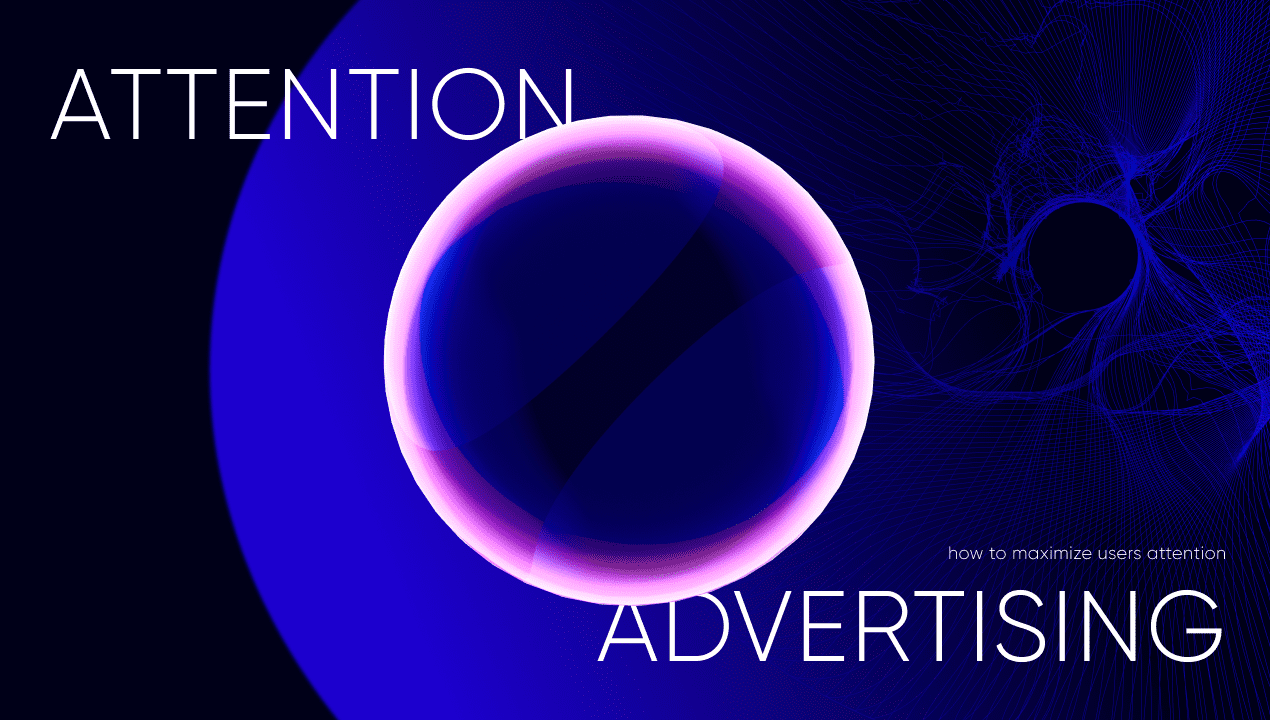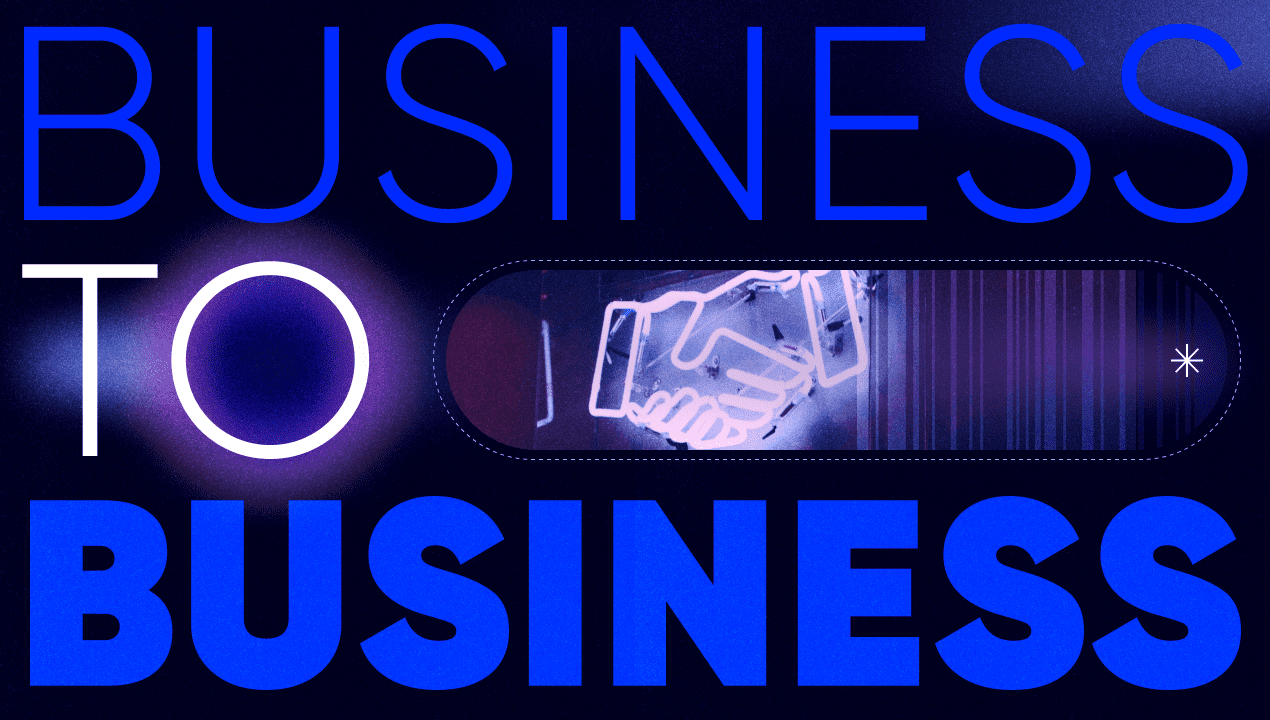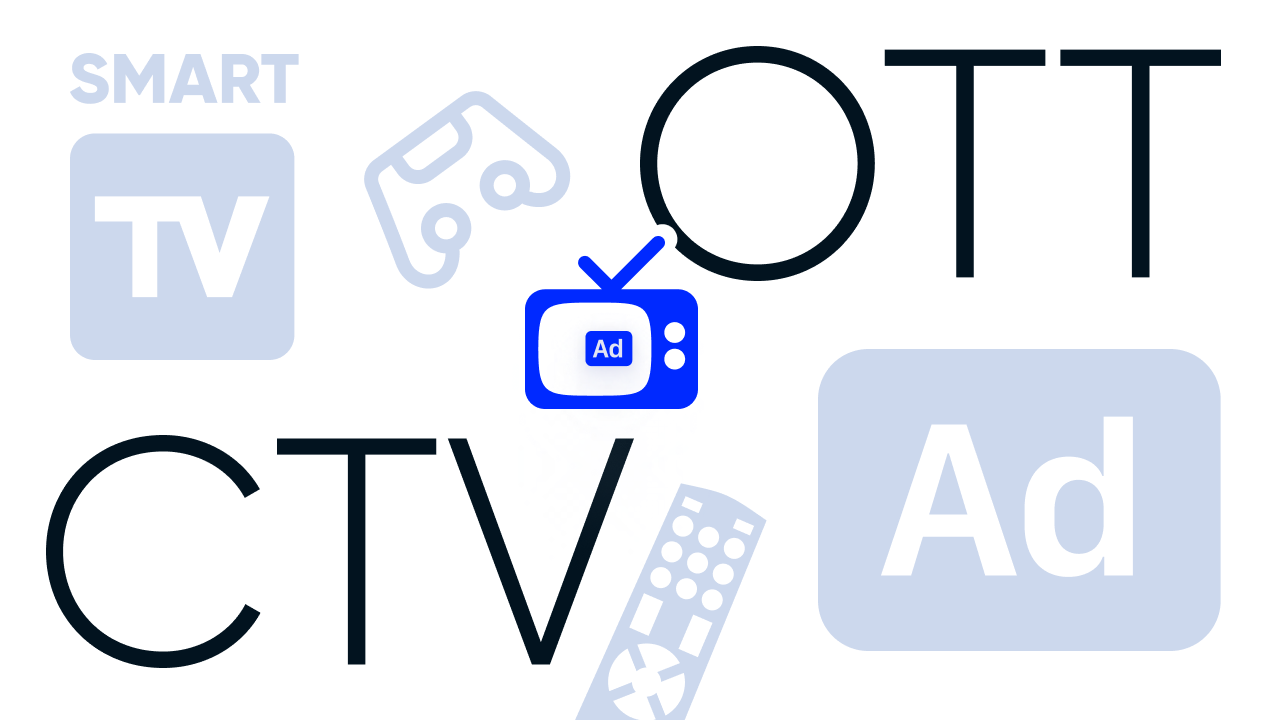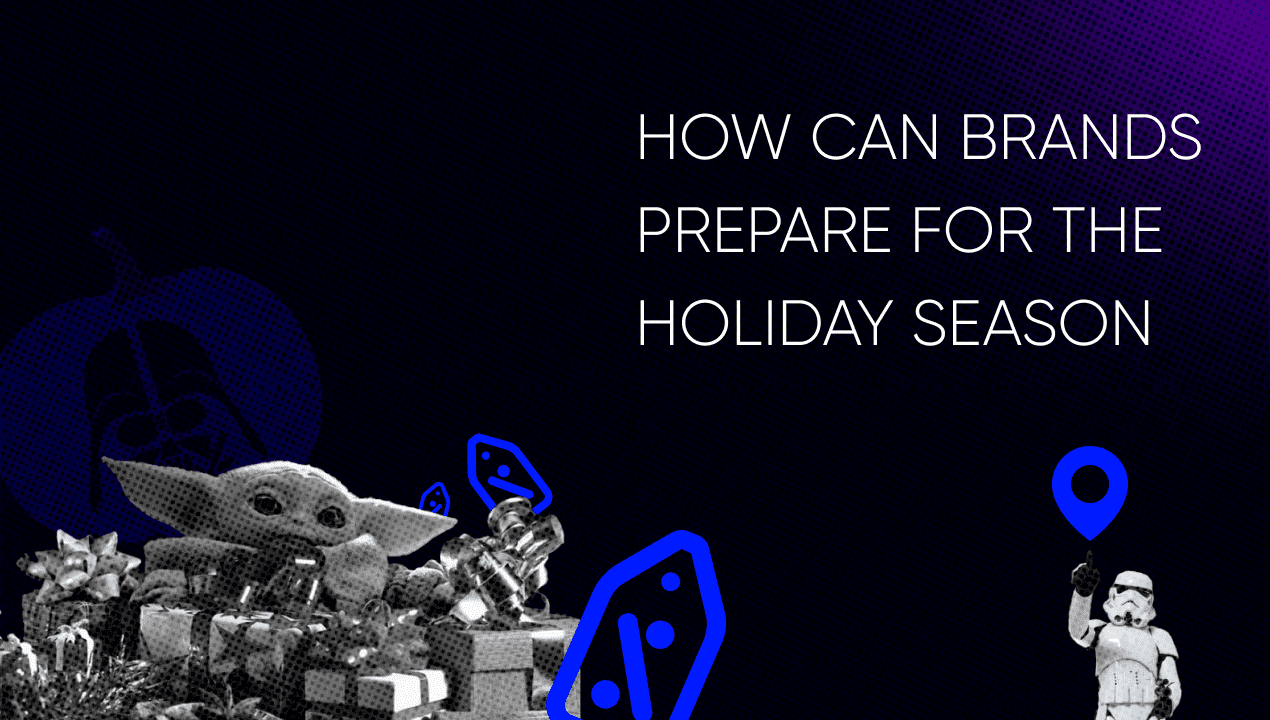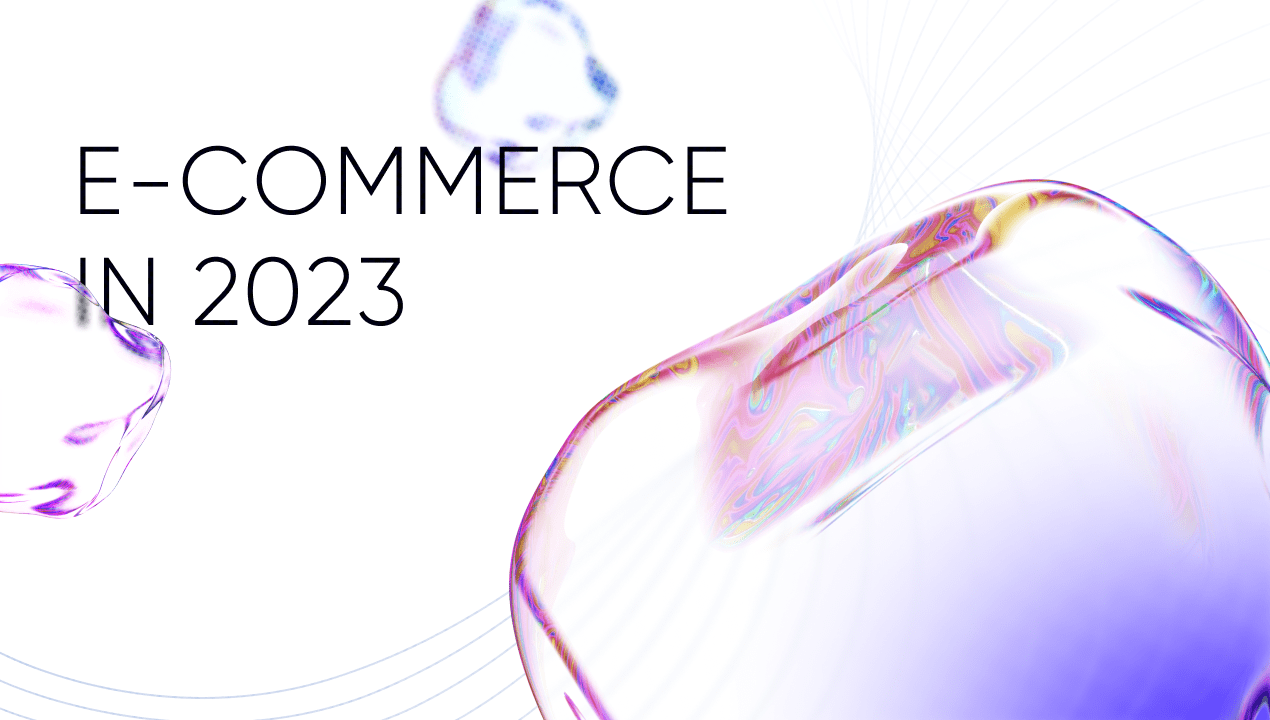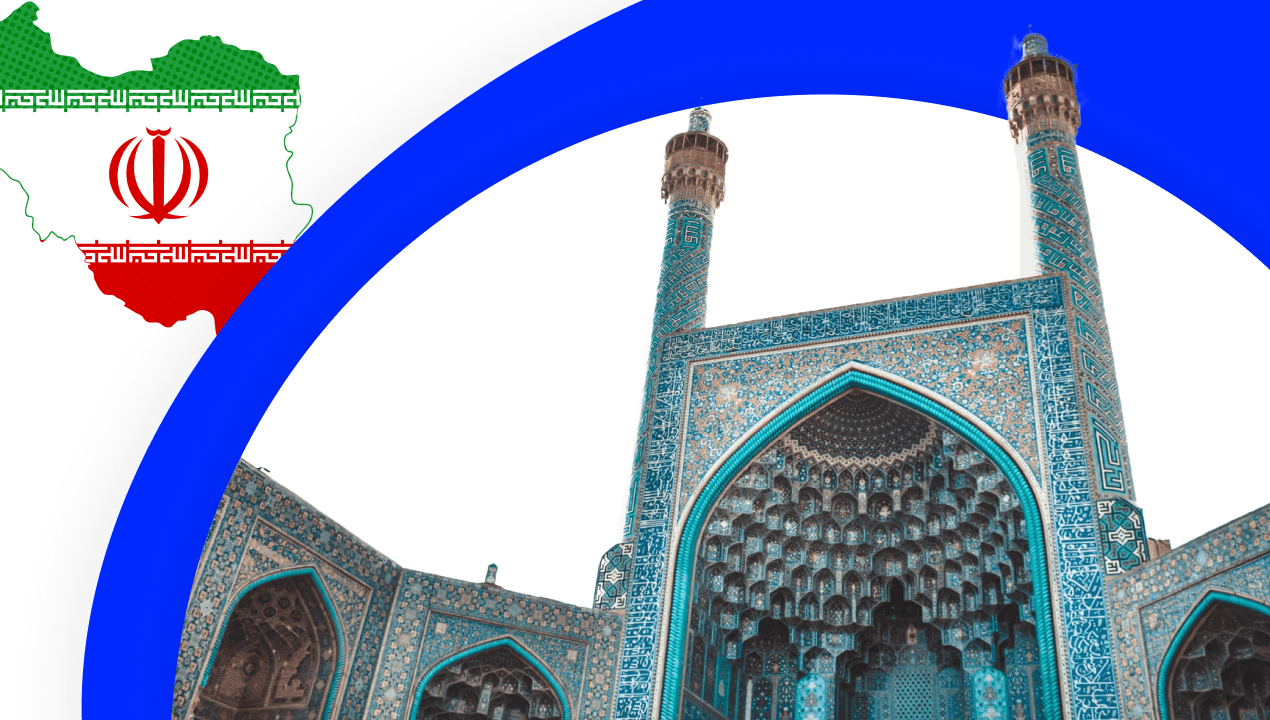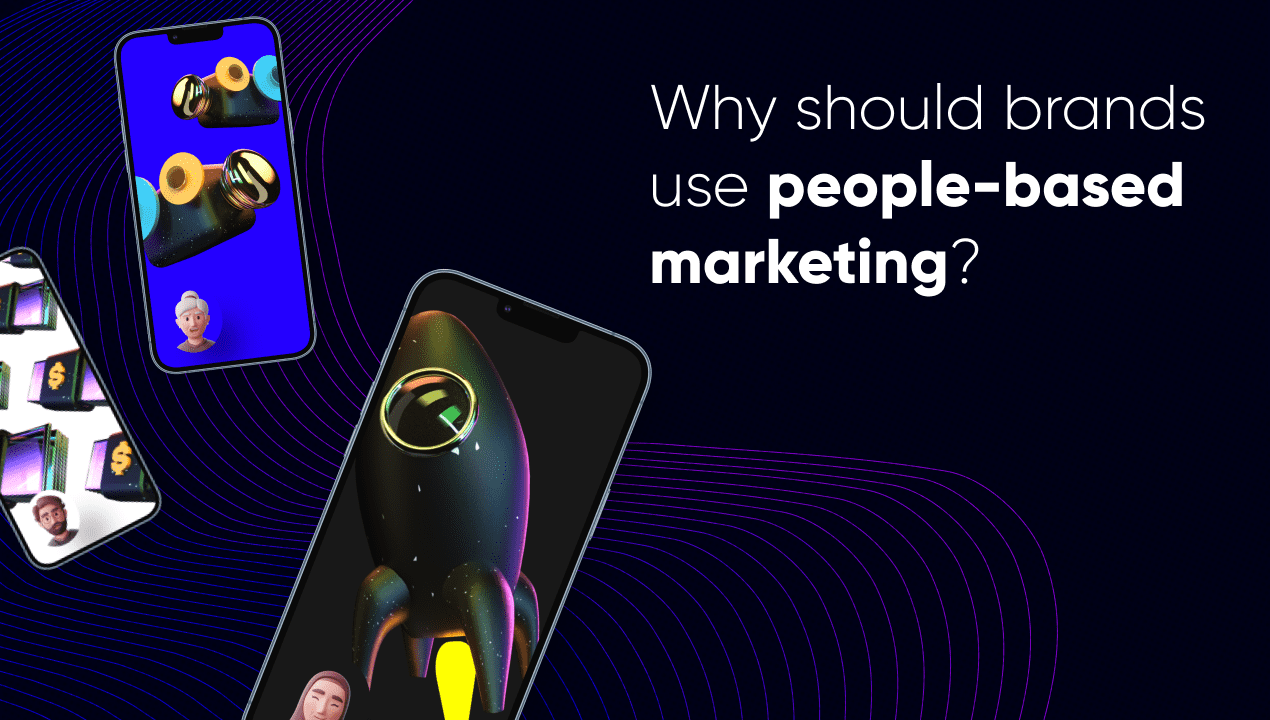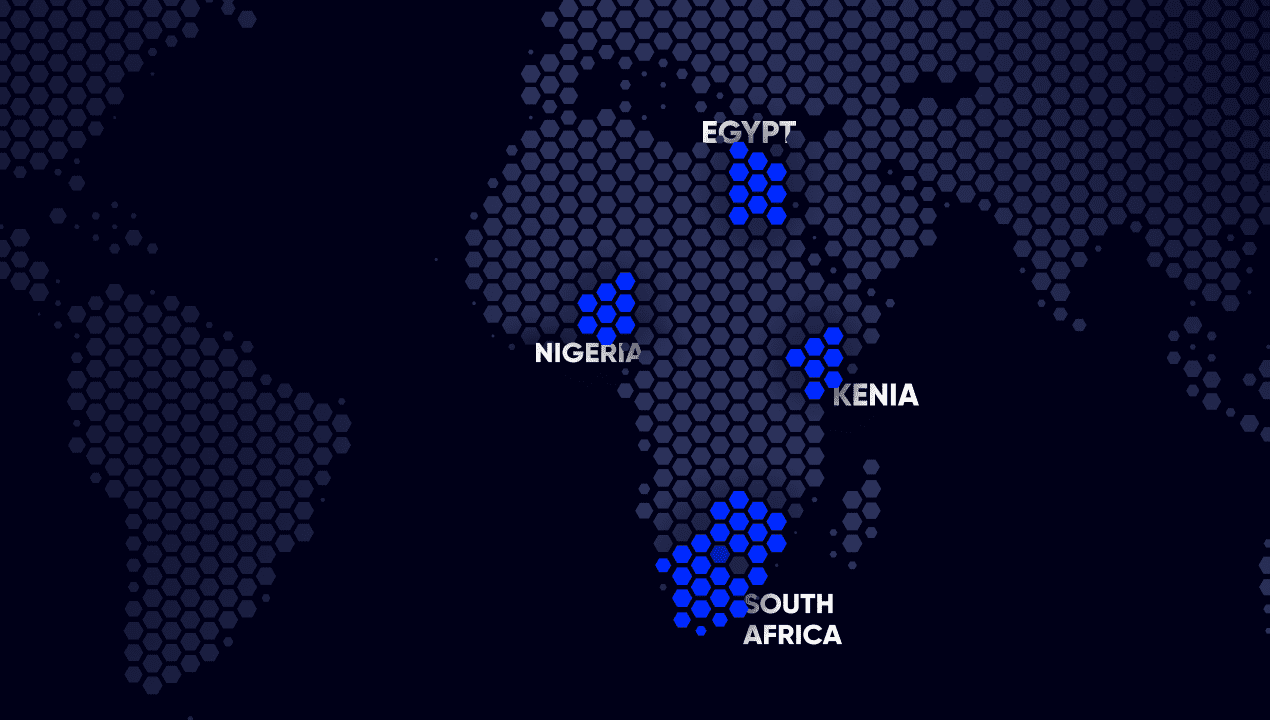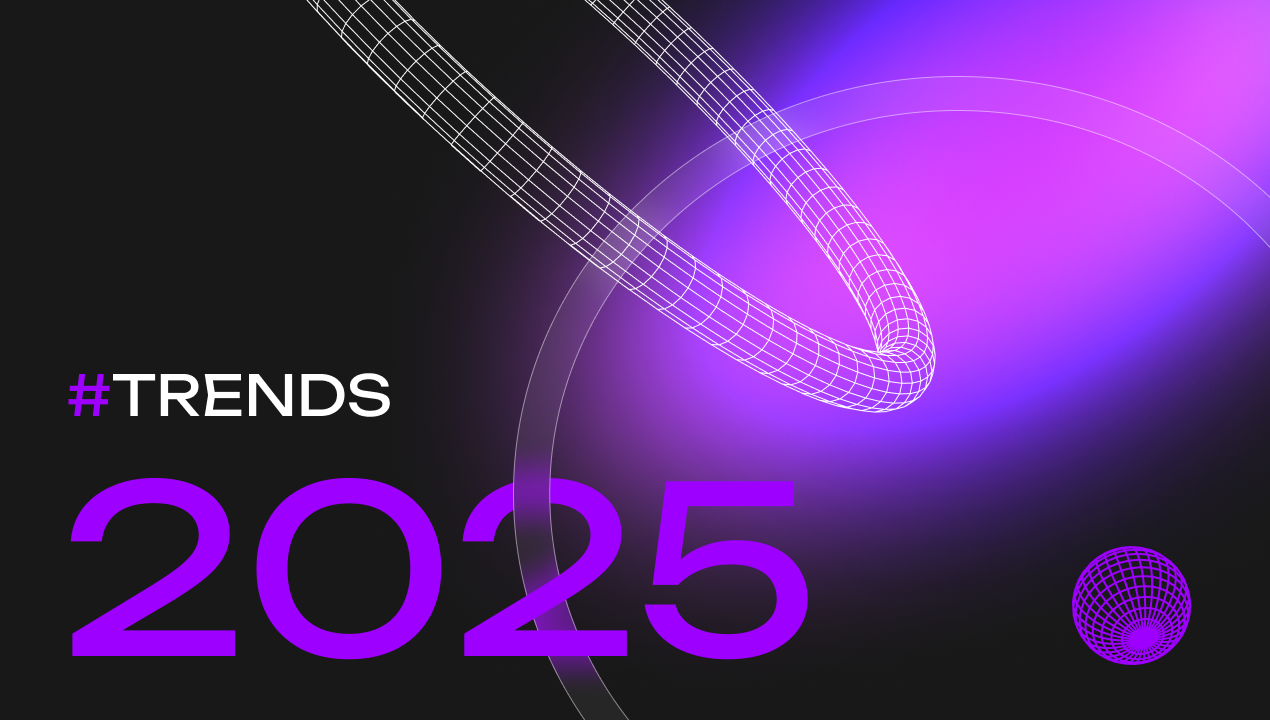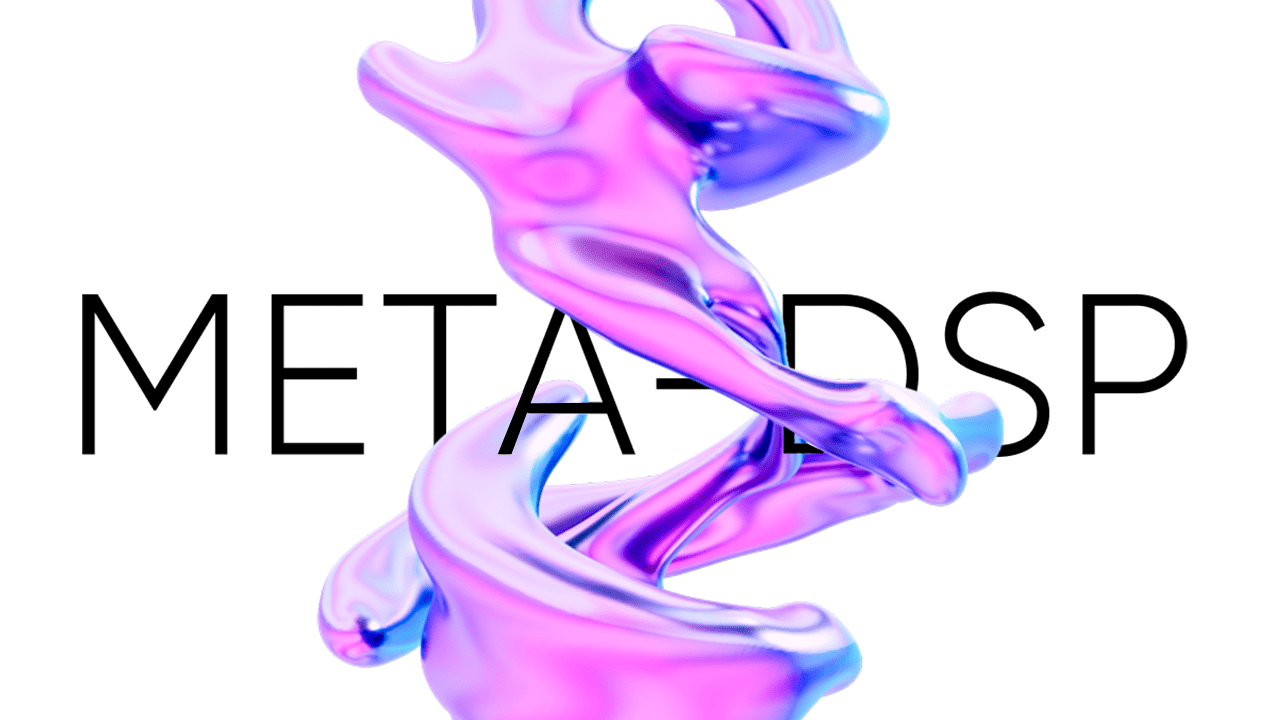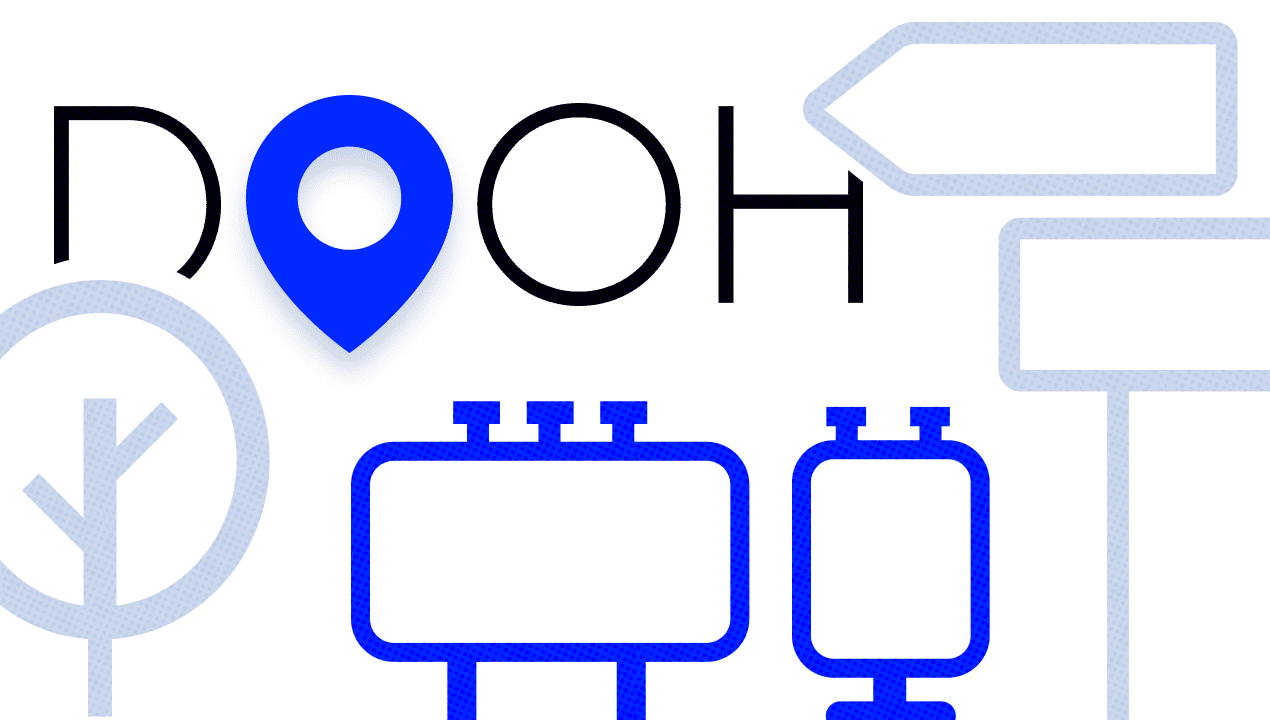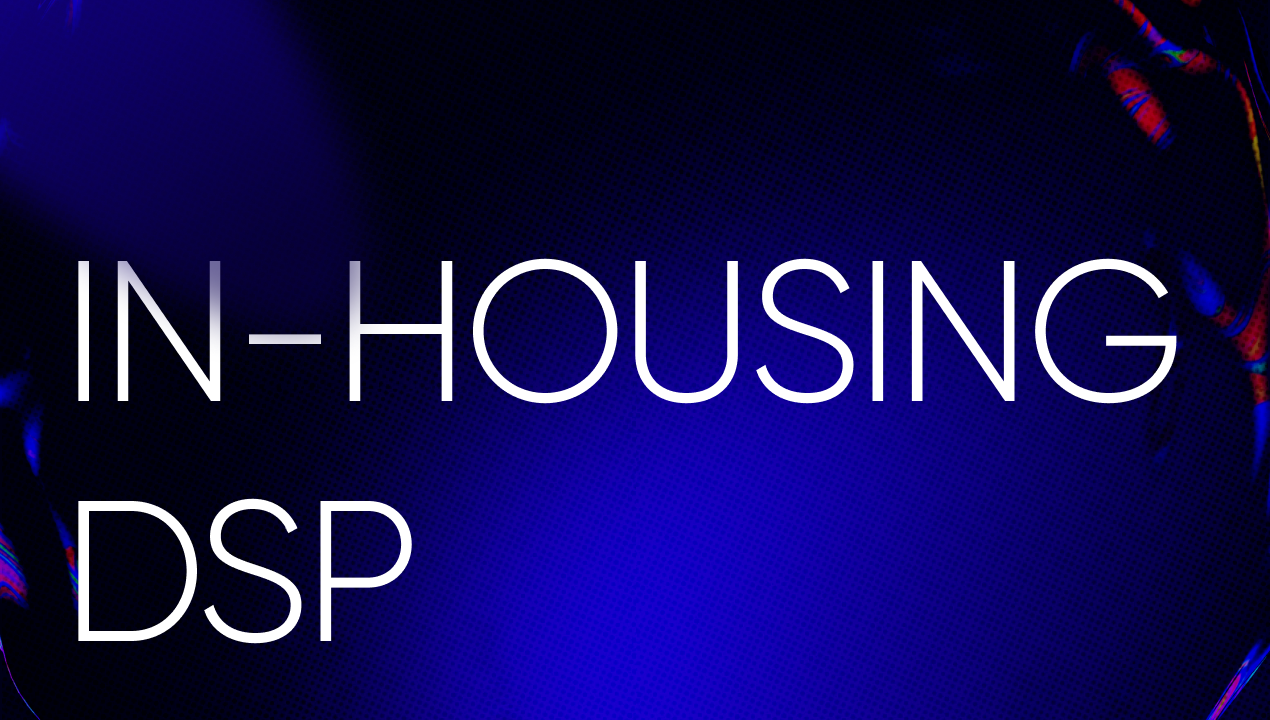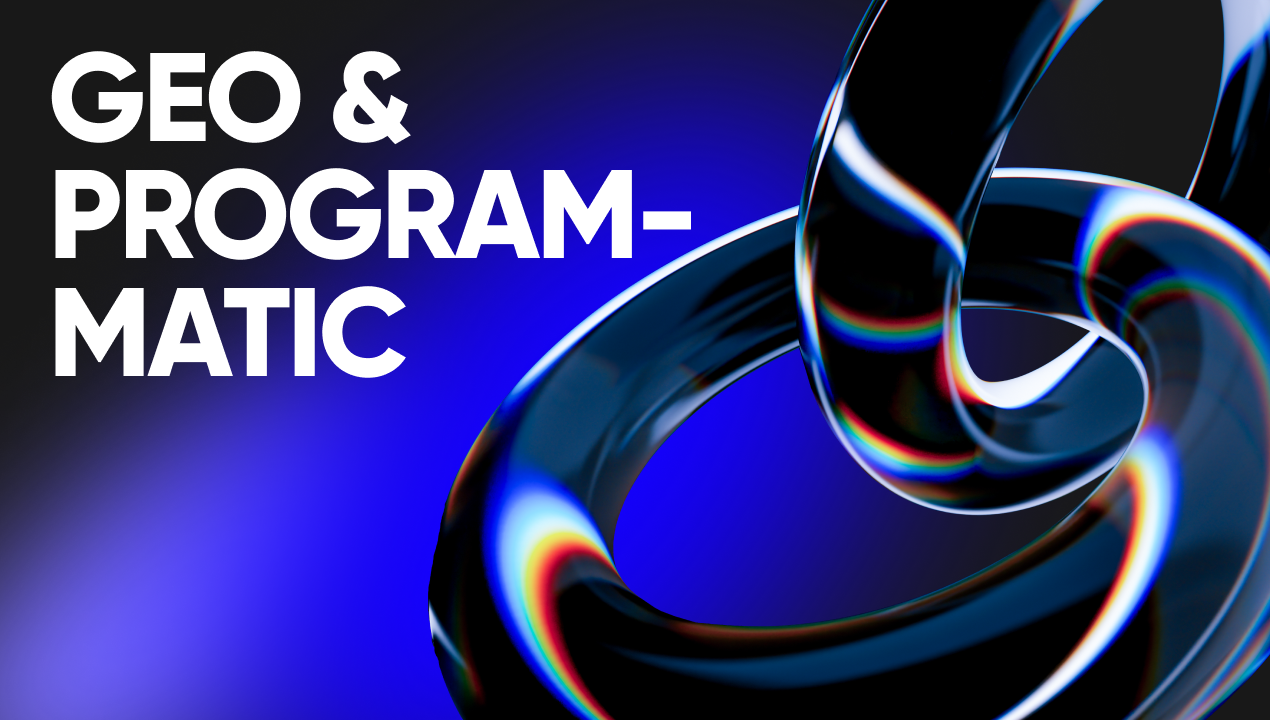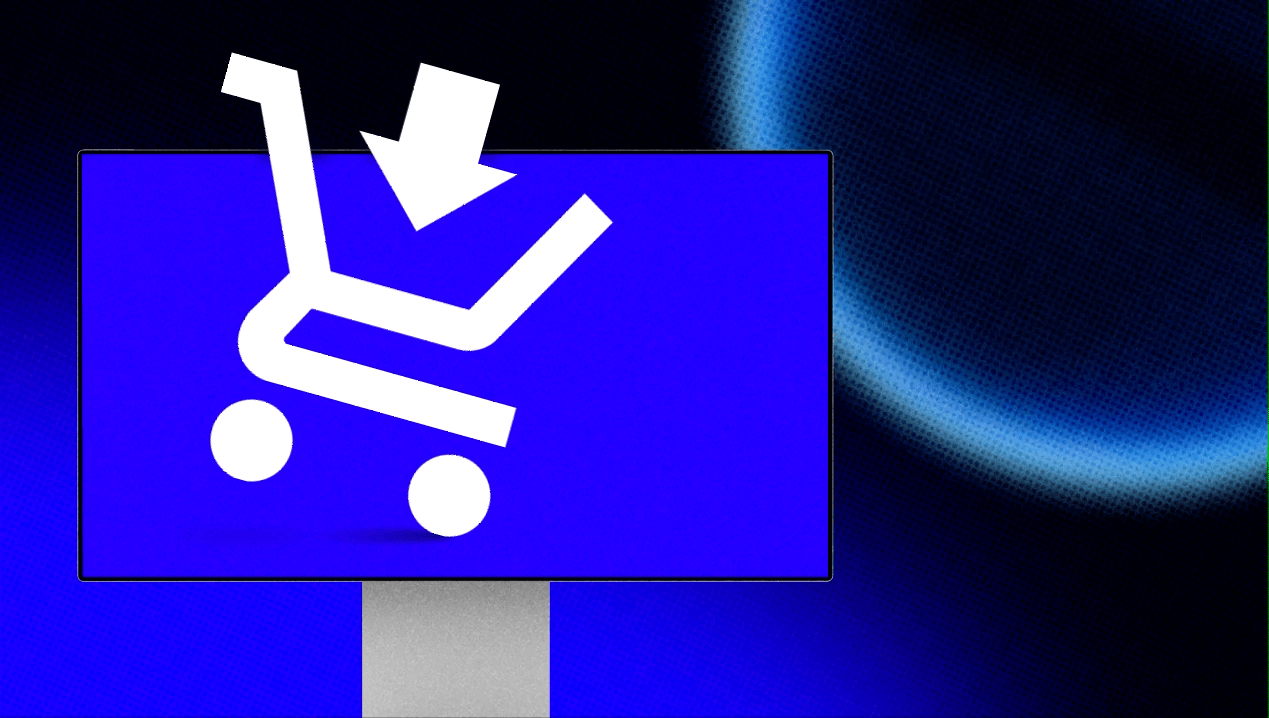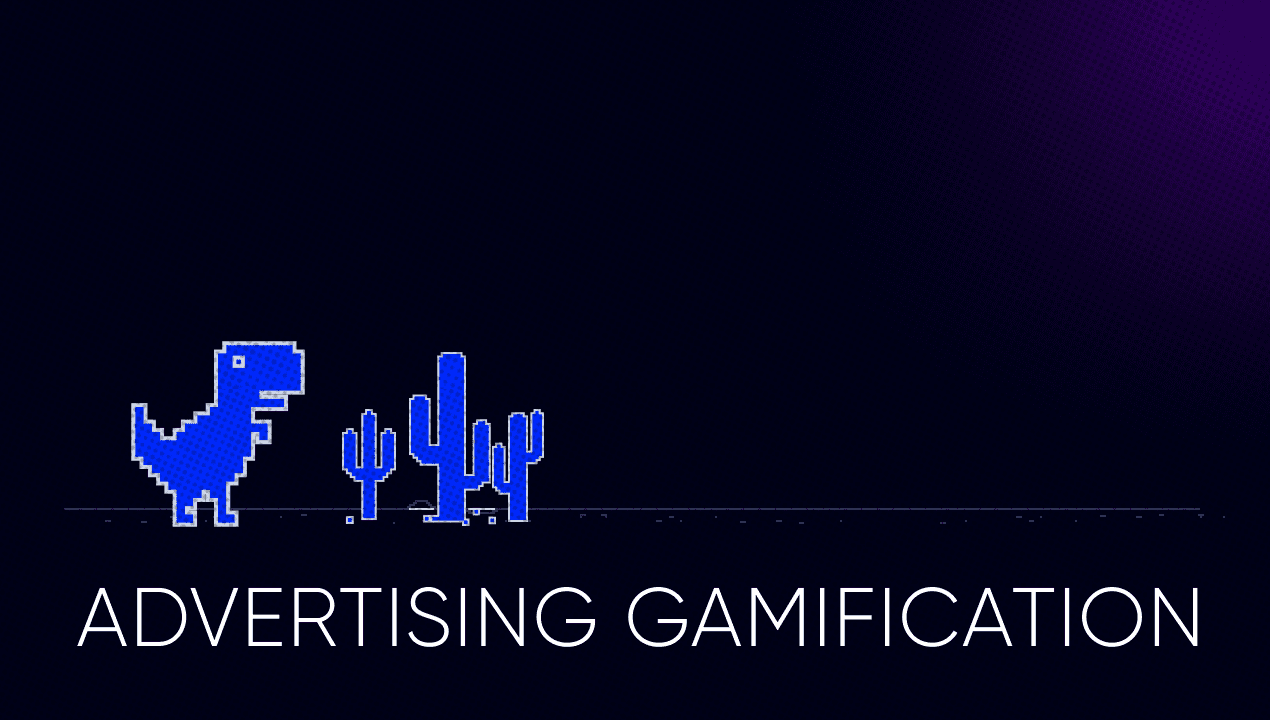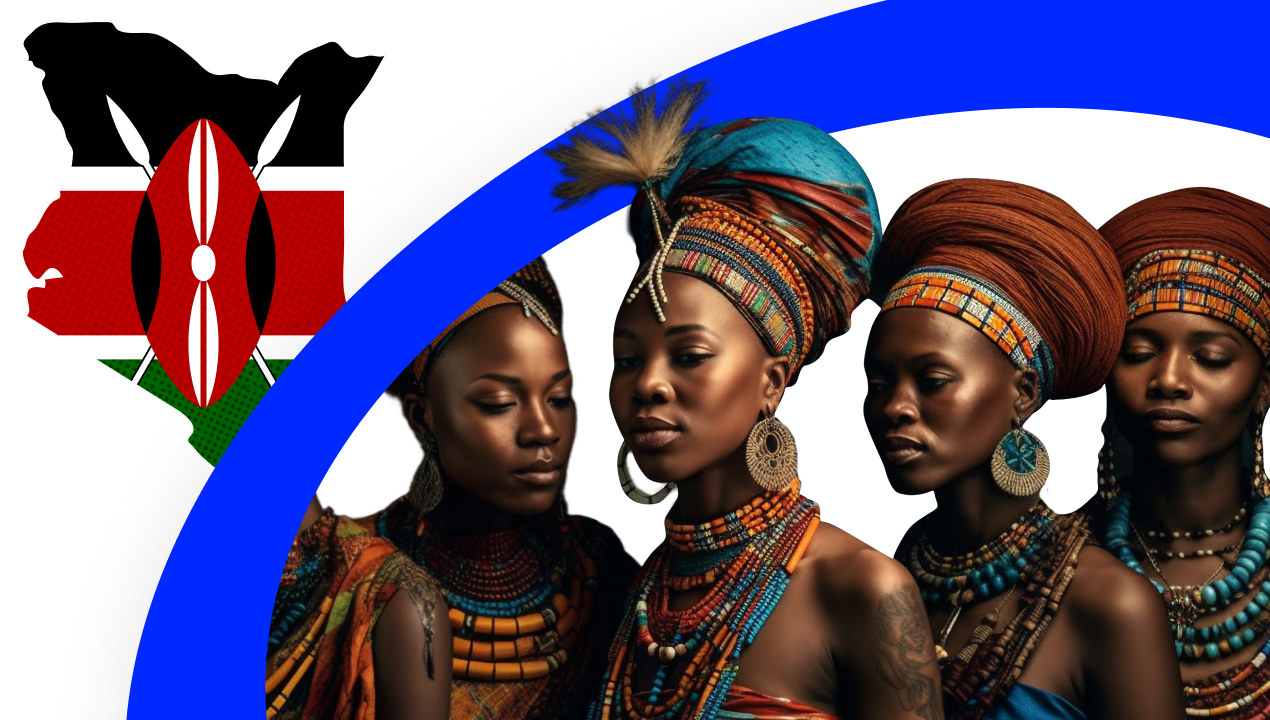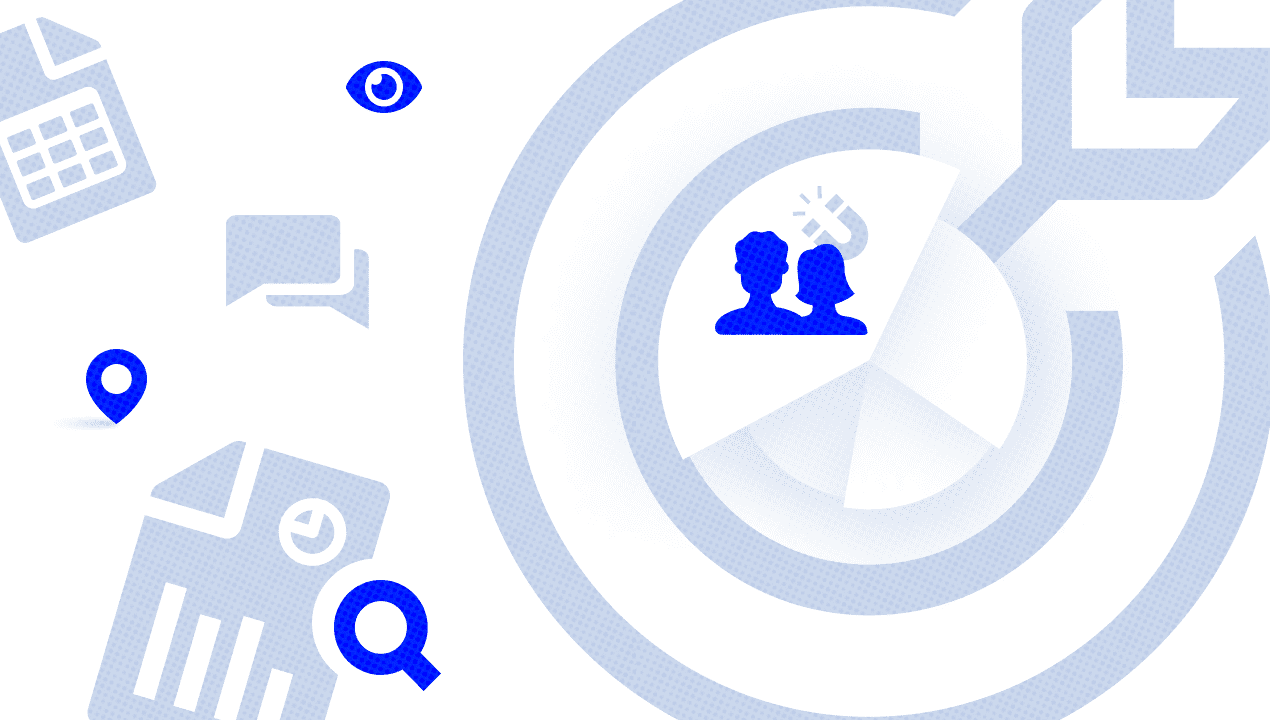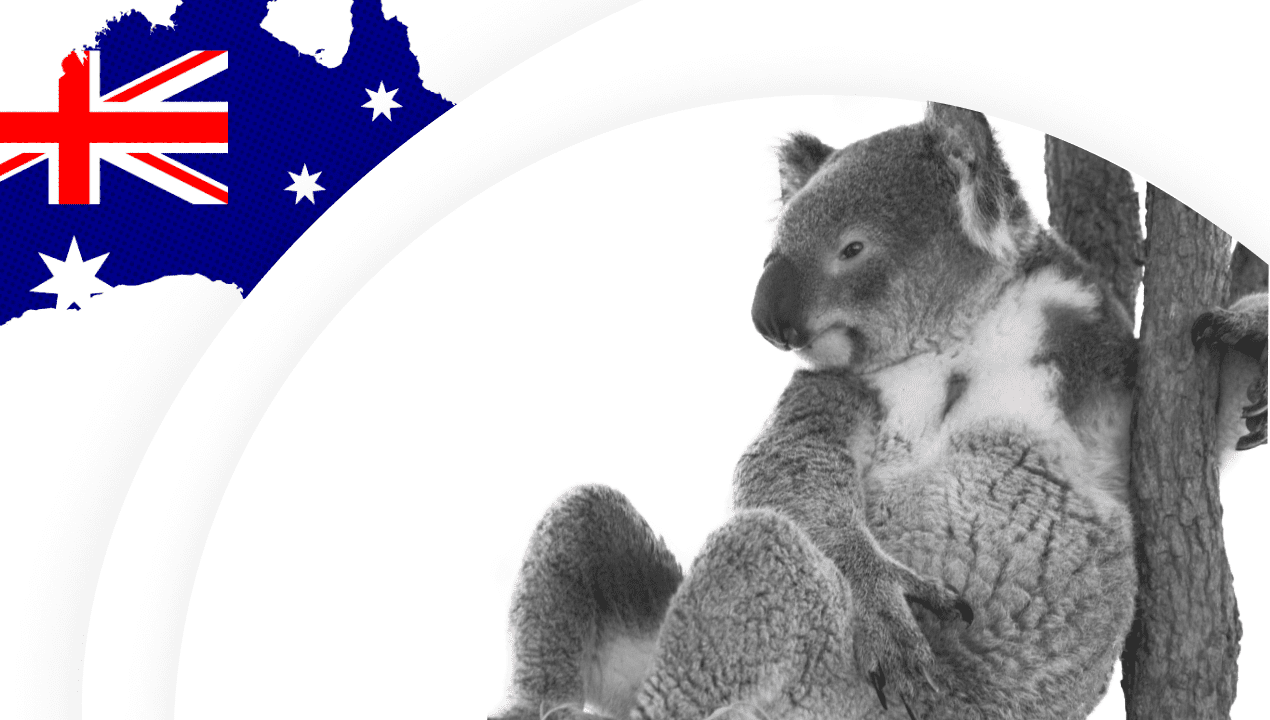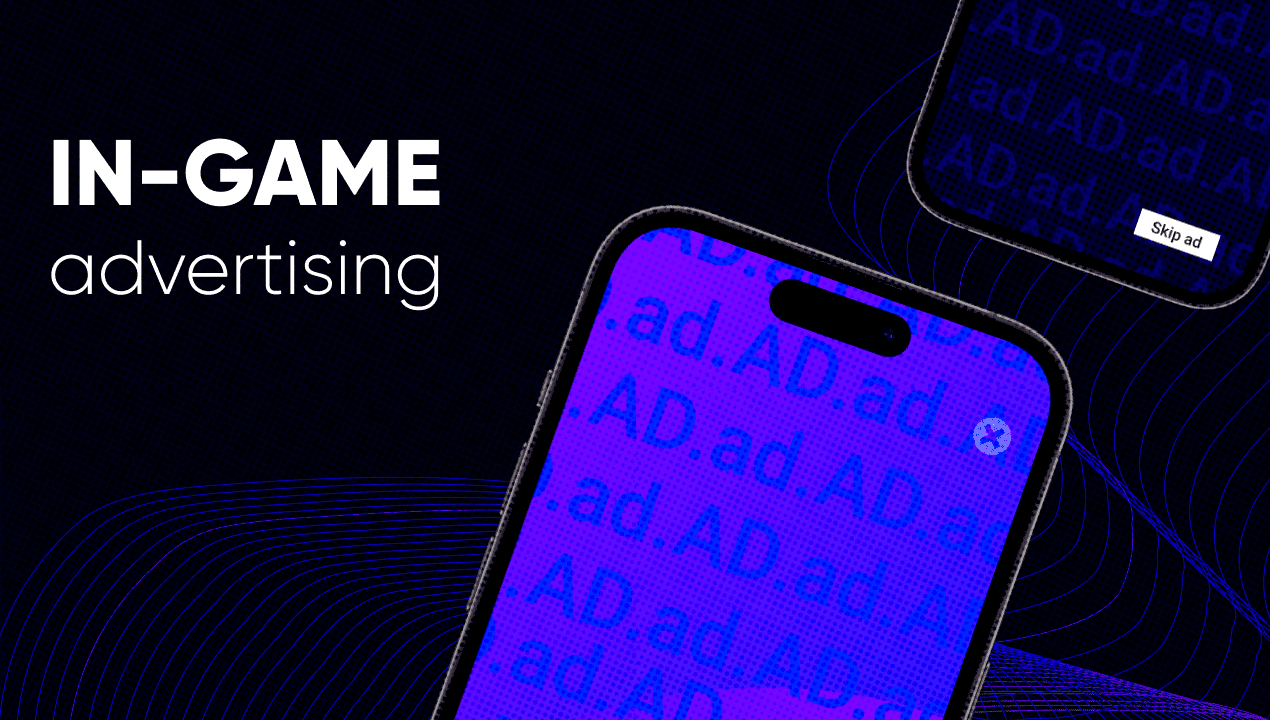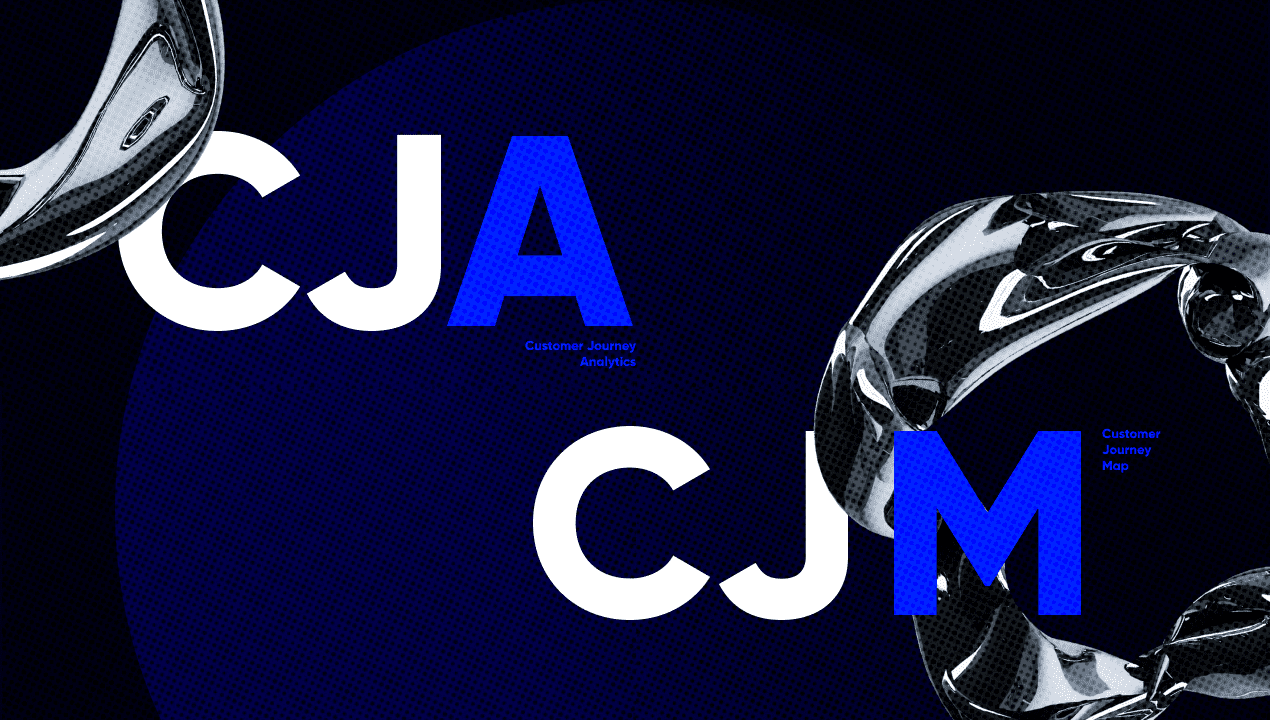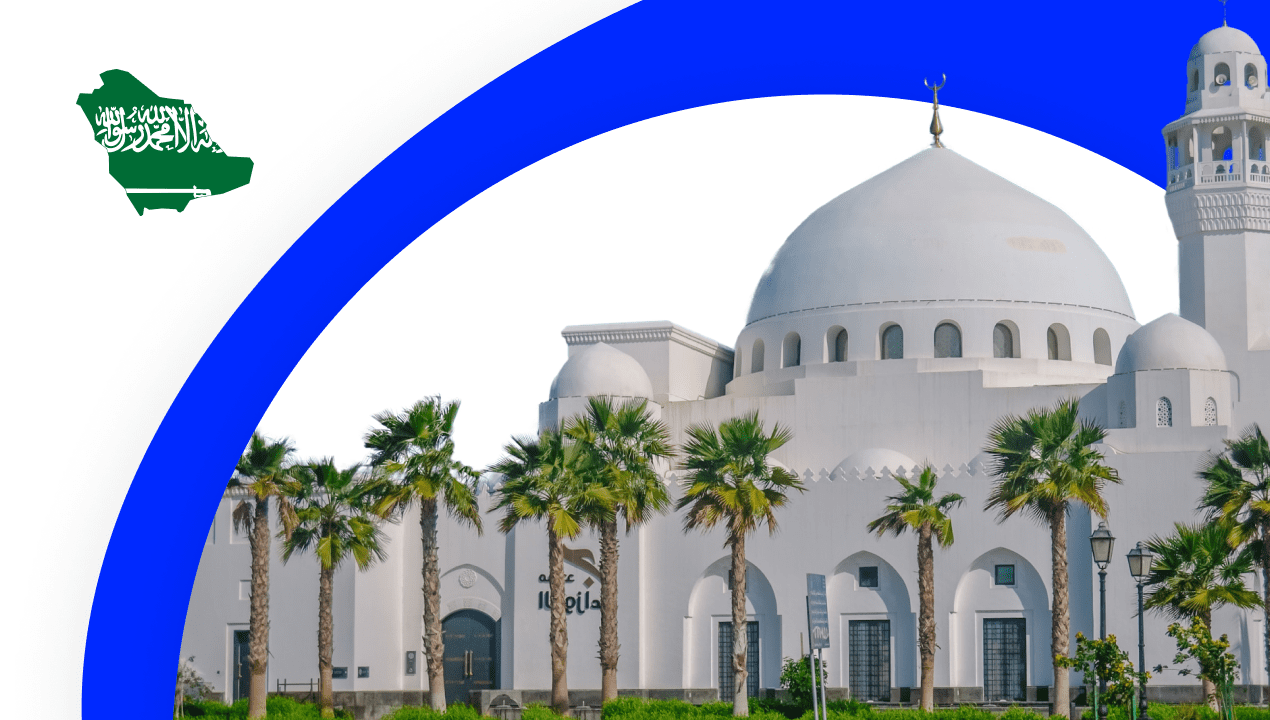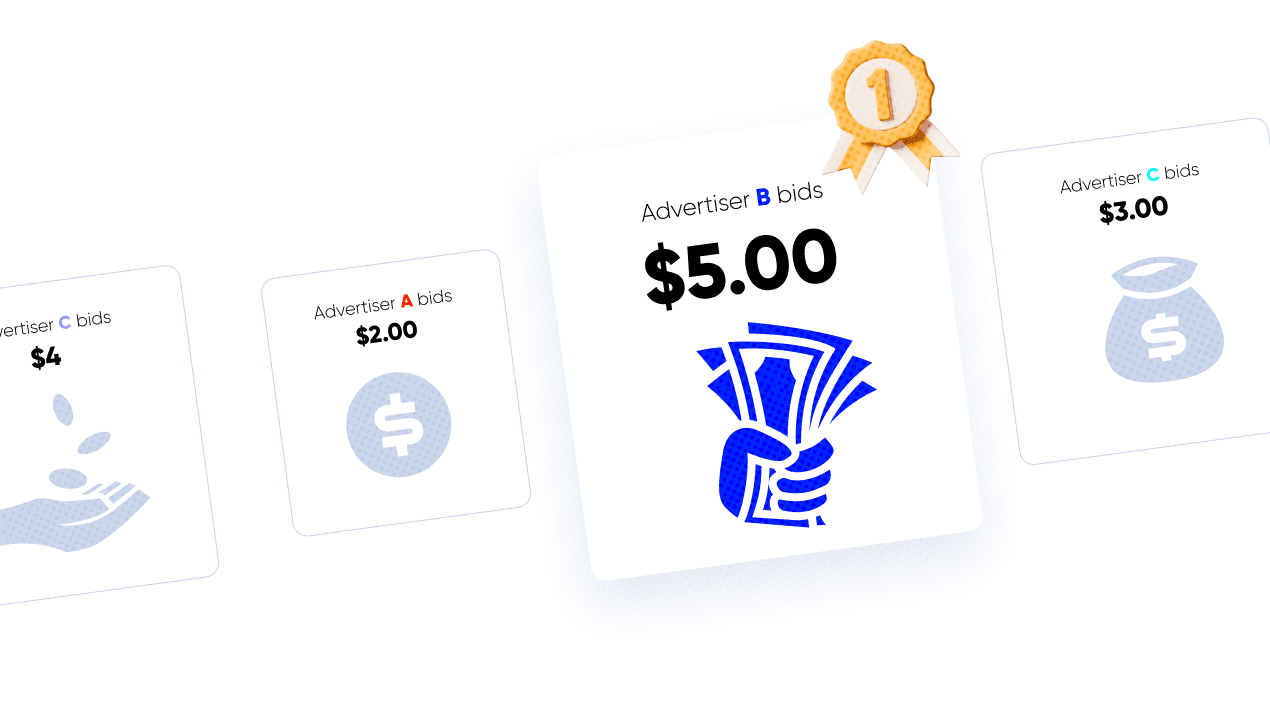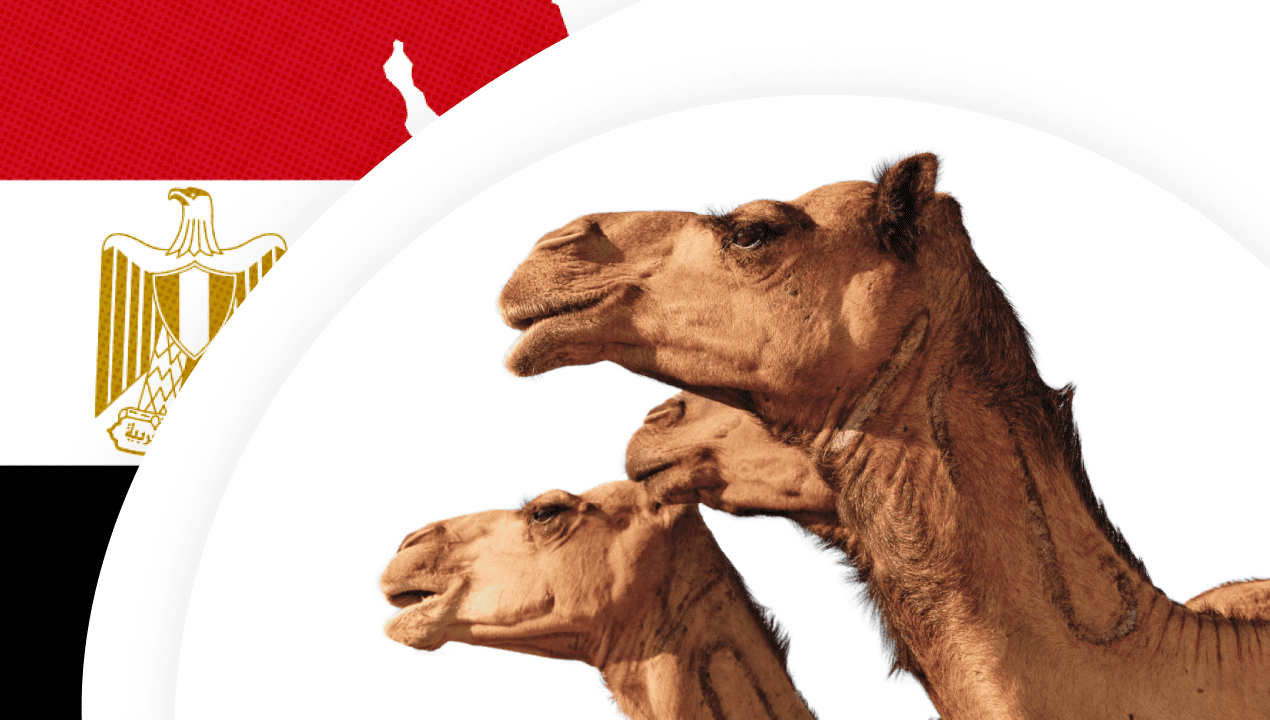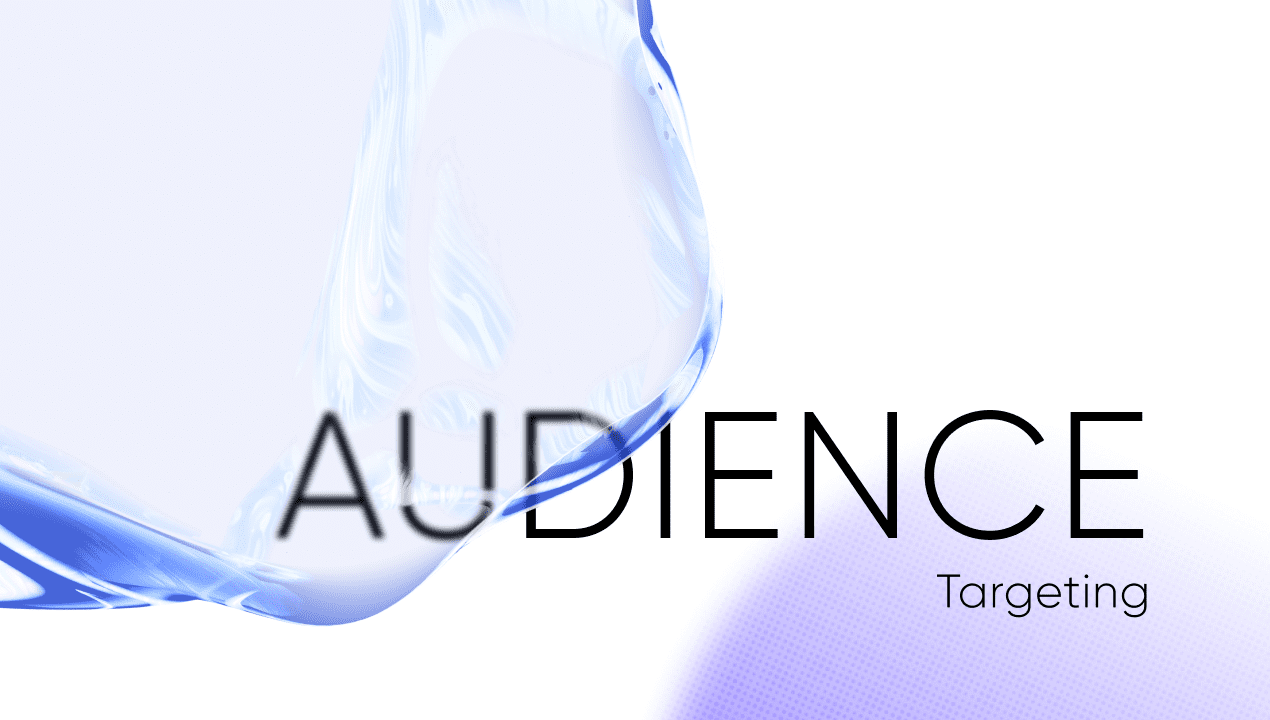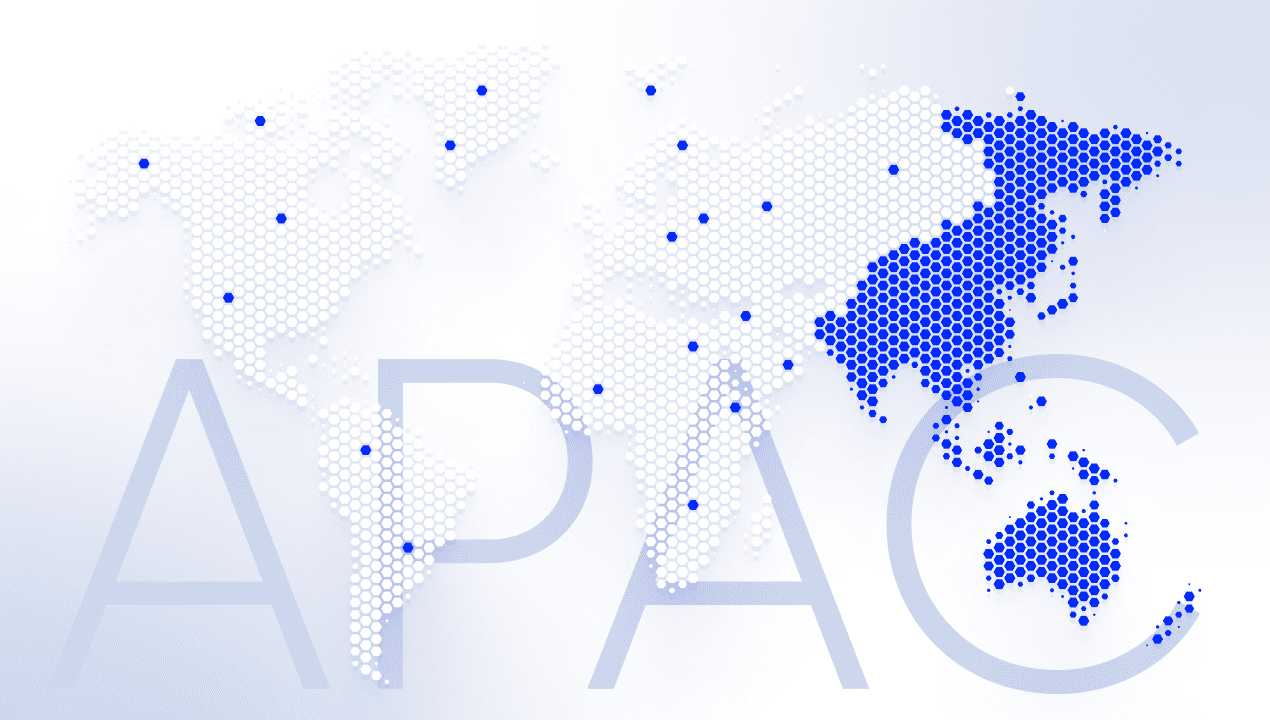
How to nail B2B marketing strategy: The complete guide into B2B ad strategy
- Author: Lizaveta Zhuk
It should come as no surprise that we currently live in a digital era. Those who are not embracing being online—whether as a consumer, socially, as a business, or as an employer—are rapidly becoming forgotten. B2B companies aren’t an exception. The brave new world of B2B requires an online presence. Likewise, the development of the digital world has been making business-to-business customer journeys more complicated. The most-used aspect of that is the necessity for businesses to be near customers online via comprehensive marketing strategies, which may be quite challenging.

Source: Shopify
Let’s look at five recommendations that are here to help you craft B2B marketing strategies to meet buyers on their terms and drive a business’s profit.
Advice 1: Leverage Data-Driven Insights
Harnessing the power of data analytics can significantly enhance your B2B marketing and advertising strategies. Analytics tools track and measure the performance of their campaigns in real-time, so brands can quickly understand what’s going on with ad campaigns—what’s working and what’s not—and eliminate issues on time as well as optimize the ad campaign to achieve better results. Moreover, advanced analytics tools such as Google Analytics often provide marketers with data about user behavior. So, there, you may find some interesting points to consider in media strategy.
However, not only analytics tools can reveal useful insights. Here are three more:
- A/B Testing. Conduct A/B tests on your marketing campaigns to see which versions resonate best with your audience. Test different headlines, images, calls to action, and other elements.
- Customer Journey Mapping. Map out the customer journey to understand how prospects interact with your brand at each touchpoint. This can help identify areas where you can improve the customer experience. (learn more about CJM here)
- Predictive Analytics. These tools help forecast future trends and behaviors to stay ahead of the crowds and adjust your campaigns faster.
By making data-driven decisions, you can ensure that your marketing efforts always align with your business goals, leading to improved performance and higher profits.
Advice 2: Utilize Personalized Strategy
No one likes it when they are treated like others. B2B audiences want to get personalized features based on their preferences and behavior. According to Shopify, 67% of online business buyers say they’ve switched suppliers in pursuit of a more “consumer-like” experience. This way, consumers expected curated product selections, customer-specific pricing and discounts, easy access to previous products and reordering capabilities, and pre-negotiated payment methods and terms.
In order to provide personalized experience, we recommended moving step by step:
1. Identify key audience segments. Brands need to know their target audience and their preferences and drivers for purchase. Determining these and dividing users into different groups based on specific criteria is crucial for developing a customer-centric strategy that elevates the pain points of each audience segment and moves it forward to conversions. (Learn more about target audience and how to determine that here)
2. Develop personalized ad copies and advertisements based on an audience segment’s preferences and tailored to the needs and pain points. Remember that it’s worth developing several various advertisements for each audience segment.
3. Include different ad channels into a brand’s media mix (learn more about media mix modeling here). During B2B buyer journeys, users utilize different channels for brand and product research. It’s important to be near customers across digital to avoid the opportunity of catching the audience’s attention by your competitors. Remember that different audience segments may use different channels.
4. Analyze and optimize. Continuously measure the performance of your ad campaigns and make adjustments as needed. Use analytics to track engagement and conversion rates for each audience segment.
By implementing a personalized strategy based on users’ preferences and behavior, you can create more meaningful connections with key accounts and drive higher ROI from your marketing efforts.
Advice 3: Invest in Marketing Automation
Marketing automation tools can streamline your marketing processes, allowing you to nurture leads more effectively and efficiently. As these tools work based on artificial intelligence, they can help brands automate repetitive tasks, segment their audience, deliver personalized content at scale, and advertise and promote brands’ products and services. One of these tools can be programmatic advertising.
Working on machine learning algorithms, programmatic perfectly determines users’ intentions based on their online behavior and displays relevant advertisements for users wherever they are—on social media, on the open internet, or in mobile apps. And what’s more essential? Brands can do that with different ad formats that significantly stand them out from crowds, make customer advertising journeys more interesting and drive the efficiency of ad campaigns.
What’s more important for B2B businesses with narrow audiences is that programmatic technology has improved targeting capabilities. Through programmatic advertising, you can easily target the specific audience you want to reach using all target opportunities and data—AI & ML algorithms at the core of programmatic DSP will analyze big data and users’ behavior in real-time to determine the best high-intent users for B2B ad campaigns. Additionally, it would analyze the efficiency of each ad impression and optimize ad campaign settings to improve performance. By leveraging programmatic, you can enhance the efficiency and effectiveness of your marketing efforts, leading to higher conversion rates and increased revenue.
Likewise, programmatic ads allow brands to make adjustments to campaigns at any point, in real-time, to increase their efficiency. Although programmatic ad buying automates much of the buying process, brands still have access to the purchase price of the ad, the platform it’s running on, the number of impressions, clicks, and other interactions. So you can optimize strategies and redistribute budgets at any stage of a campaign. The platform analyzes the campaign and, based on results, chooses an optimal bid by itself. All advertisers need to do is set bid limits, set audience segments and targetings, or rely on reliable AdTech partners.
NT Technology would be glad to become your programmatic partner. We have been mastering our own programmatic platform, NT DSP, for more than 10 years. During this time, we have mastered all the intricacies and nuances of media strategy development, running ad campaigns that yield desired results, optimization, and evaluation. We are continuously developing and improving our strategies, platforms, and approaches to solve your unique advertising challenges. Ensure the NT’s ad campaigns are highly efficient, as shown in the case studies here.
We create a team of experts focused on complete solutions for every project to ensure your business will succeed. They develop a programmatic strategy, an individual media buying algorithm for specific clients’ tasks.
Our AdOps specialists have already launched 40000+ programmatic ad campaigns for 3000+ clients from different business spheres.
Why is NT Programmatic Platform?
- Constant support. Regularly communicating and answering client’s questions and resolving issues arising in the work process with developers to make optimal decisions.
- Work for results: forecasting and guarantees of KPI. Through an advertising campaign, we are responsible for the quality and results of a campaign. Automation capabilities of RTB optimization allow us to avoid stagnation periods and achieve all the KPIs planned.
- Personal approach. We know everything about our platform, so we can customize it to meet each client’s needs in order to achieve more with AI-powered advertising.
- You can leave the complications to us. The NT team will achieve your business goals and report to you about them.
Contact us today to achieve your marketing goals tomorrow.
Advice 4: Harness the Power of Social Media
Social media is an invaluable tool for B2B marketers. It provides a platform to engage with your audience, build brand awareness, and generate leads. By effectively utilizing social media, you can enhance your marketing strategy and drive business growth as they allow brands to interact with potential clients in a native and non-intrusive way.
However, choosing the right social media platform is crucial as the audience there is pretty diverse. If you are looking for a business audience, it’s better to pay attention to LinkedIn. This social network specializes in business content, so it’s a good point to include it in the media mix. The X (ex-Twitter) and Facebook can also be valuable. Learn more about social media users of each social network in our article here.
By effectively leveraging social media, you can increase brand visibility, engage with potential clients, and drive more qualified leads to your business.
Advice 5: Be omnichannel
One of the main tasks of marketers is to follow brand customers wherever they go, whatever they do, whenever they interact with brands, and make this interaction seamless. At its core, the omnichannel approach is that customers may begin their journey on one channel and continue it on another based on the idea that modern consumers expect to engage with brands through various touch points—be it in-store, online, via mobile apps, social media, and so on—and receive a consistent and integrated experience. For example, a customer might research a product on a brand’s website, receive a promotional email, and then decide to purchase the product in a physical store.
It is a fundamental shift in how brands interact with their customers. By integrating various channels and ensuring a consistent and seamless experience, brands can not only meet but exceed customer expectations. This strategy leads to increased customer satisfaction, loyalty, and, ultimately, business success.
There is no doubt that an omnichannel approach changes the game of digital marketing. However, it’s crucial to understand B2B target audience behavior to determine channels for inclusion into the media mix. It’s worth remembering omnichannel advertising doesn’t require B2B companies to be everywhere—just everywhere your customers are. In order to do that, start by developing your buyer personas and understanding what their buying journey looks like, both online and offline. Where do they search for product information? If you want to know how to choose the right channels to resonate strongly with a target audience, read our article about media mix modeling here.
In today’s B2B buying journey, there is no single “handoff” from digital to in-person or from one channel to another. In fact, B2B customers now regularly use different channels to interact with B2B brands. So, don’t forget to use different marketing channels.

Source: Shopify
Conclusion
Nailing your B2B advertising and marketing strategies involves a combination of understanding your audience, creating valuable content, leveraging data, and continuously optimizing your efforts. By applying these strategies and learning from successful examples, you can drive better engagement, generate quality leads, and ultimately achieve your business goals. NT Technology would be glad to help solve your unique business challenges with highly efficient programmatic ads. Contact us here.


